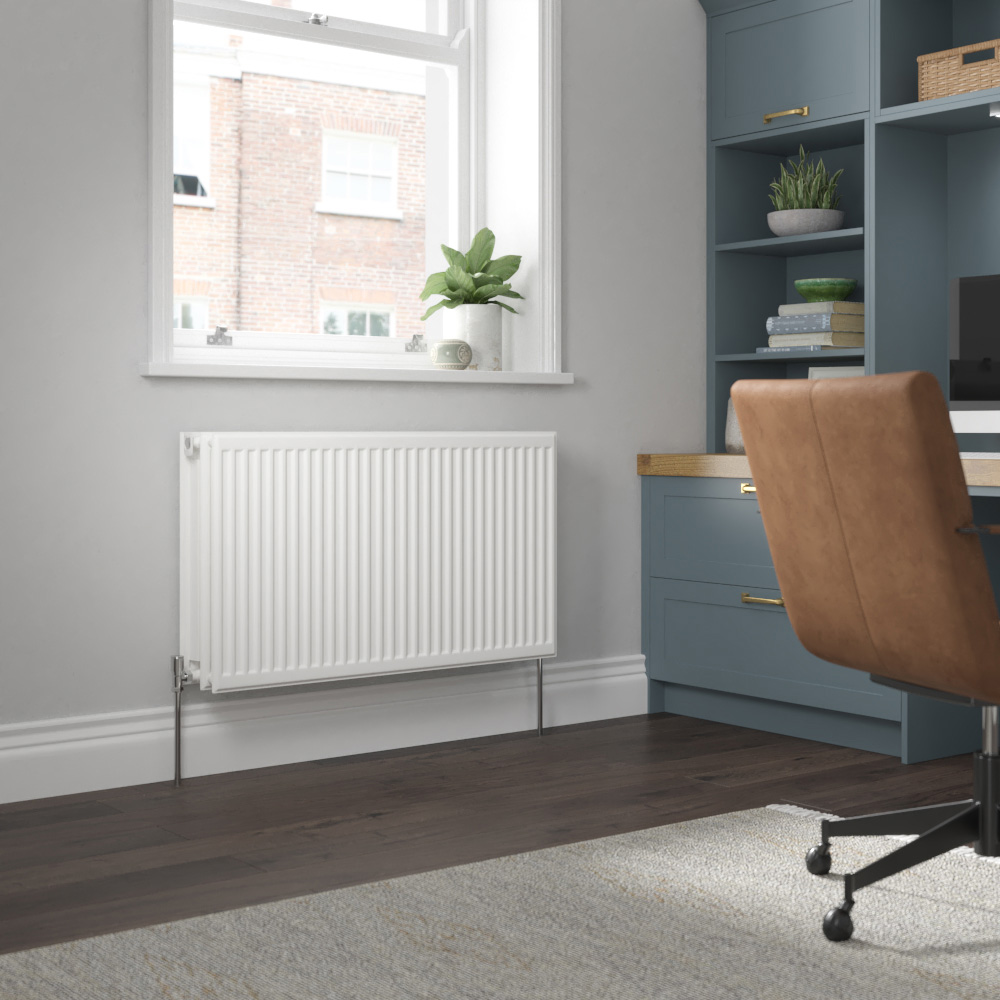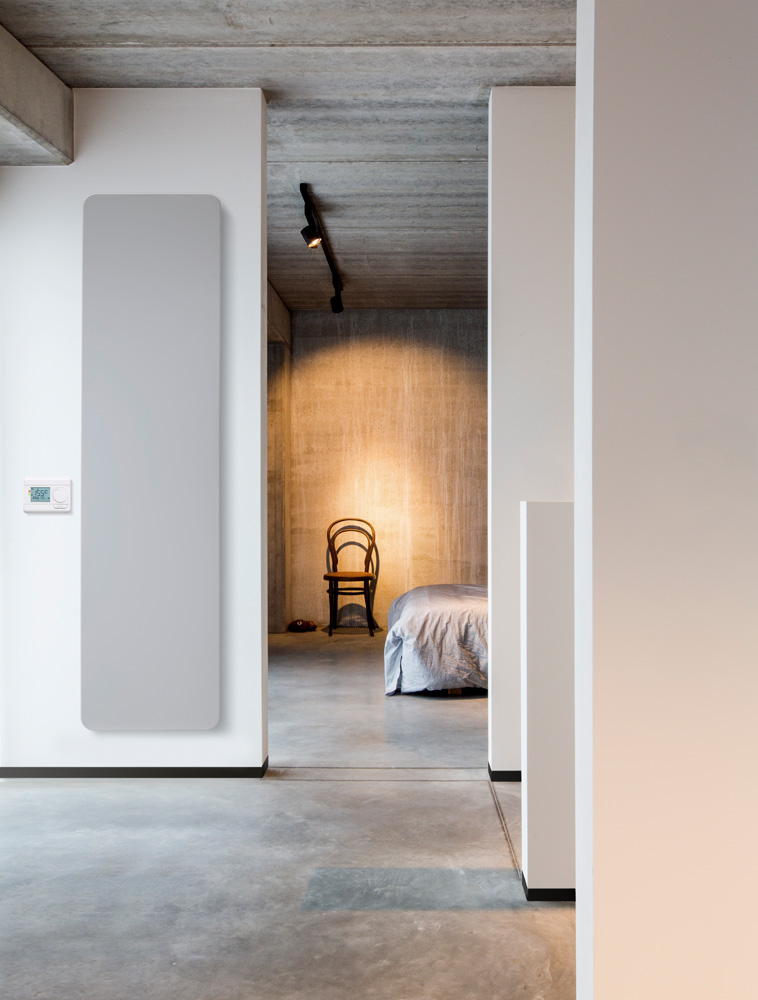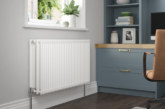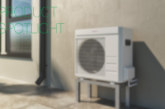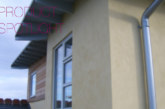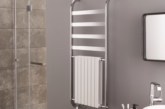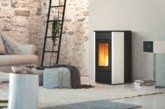Heating panels are the main point of contact for homeowners with their heating system.
We asked some popular brands of radiators and heating panels to provide some detail on their systems and what developers need to know before specifying and installing.
How will traditional radiators cope with newer heating methods?
Chris Harvey, Head of Marketing, Stelrad
Demand for larger radiators is growing as they are well suited to renewable heating systems such as heat pumps. Radiators are excellent emitters for lower temperature systems. However, as with all heating systems, radiators they must be sized properly at the outset to work best.
As the Government’s 2025 deadline for cleaner heating systems in new build properties approaches, we will see the numbers of renewable heating systems increase. Likewise, demand for bigger radiators will increase. Or in the case of the K3 – higher capacity radiators but on a smaller sized radiator footprint.
A K3 radiator comes with three sets of heating panels and three sets of fins to ensure additional heat is emitted from a radiator only a little larger than a K2. The K3 is well suited to low energy systems, providing decent heat output from a smaller footprint.
Read: Stelrad’s guide to radiators & renewable heating
What can traditional radiators bring to the home in terms of aesthetics?
Steve Birch, Sales Director, Vogue UK
The desire for versatile, energy-efficient solutions in the home has given us the opportunity to create new heating designs which are lightweight, non-polluting, durable and most of all, visually appealing.
Feature radiators and towel warmers are now considered central to a design and interior scheme. Look out for simple and elegant heating solutions, which are elevated by distinguishing design features and details, as these are set to dominate new homes in 2021.
We have seen the importance of global fusion like Scandinavian design and more recently Japandi décors, where east meets west. This idea of ‘the world being your sourcebook’ will intensify in the home next year, as a bold mix of styles, finishes and designs continue to add personality to the modern bathroom.
There’s a wealth of added-extra design elements like fold-out shelves and dual-access bars, so you can put the ‘fun’ into functional with eye-catching and practical heating solutions, which will enrich any type of bathroom space.
What are some of the advantages of electric radiators?
In recent years the demand for more economical and environmentally-friendly heating solutions has been rising and electric heating has evolved into an energy-efficient, user-friendly and durable solution. This is especially true when used in combination with a heat pump and solar panels.
The plug & play concept of the electric radiator is a big appeal, as it ensures easy installation on the part of the developer and easy maintenance on the part of the homeowner. Also, the multifunctional thermostat provides stress-free operation.
Electric radiators offer a range of easy control options, with Vasco now offering three ways: manually with an RF thermostat, via home automation or via the company’s Climate Control app.
The Climate Control app enables homeowners to control the indoor climate with ease. The new E-Volve Wi-Fi module, controls electric radiators via the home Wi-Fi network as well as underfloor heating and ventilation, allowing all to work together as efficiently as possible.
Currently just 1m of the UK’s 27m homes have low carbon heating but this is changing with the increased interest in climate change and the government’s currently policy to ban gas boilers in new builds from 2025 electric radiators are a key option.
Read: Aluminium radiators from Vasco
How do infrared heating panels differ from traditional heating systems?
Oliver Baker, CEO, Ambion Heating
Computer-controlled infrared heating provides the same levels of comfort within a room whilst using 60% less energy than a standard electric convection system and 3% less than air source heat pumps by radiating the floors, walls and surfaces of each room. This reduced consumption rate means that carbon emissions are also more than 60% lower than traditional systems.
CCIR’s processors and sensors give it the unique ability to adapt to the environment it is operating in and optimise heat settings accordingly, enabling users to benefit from high-performance and cost-effective heating.
The systems also are easier to install, whether they’re being retrofitted into an existing building or installed within a new build, because they simply need wiring into the mains rather than plumbing in. Many homeowners prefer CCIR because the heating experience feels more natural and comfortable – once the fabric of the room is saturated with energy, it emits a comfortable, radiant heat.
Infrared can also reduce and prevent damp and improve the air quality within a building because unlike traditional central heating, it’s not reliant on circulating air, so there’s typically less circulating dust. The natural heat and improved air quality creates a much more comfortable living environment.


